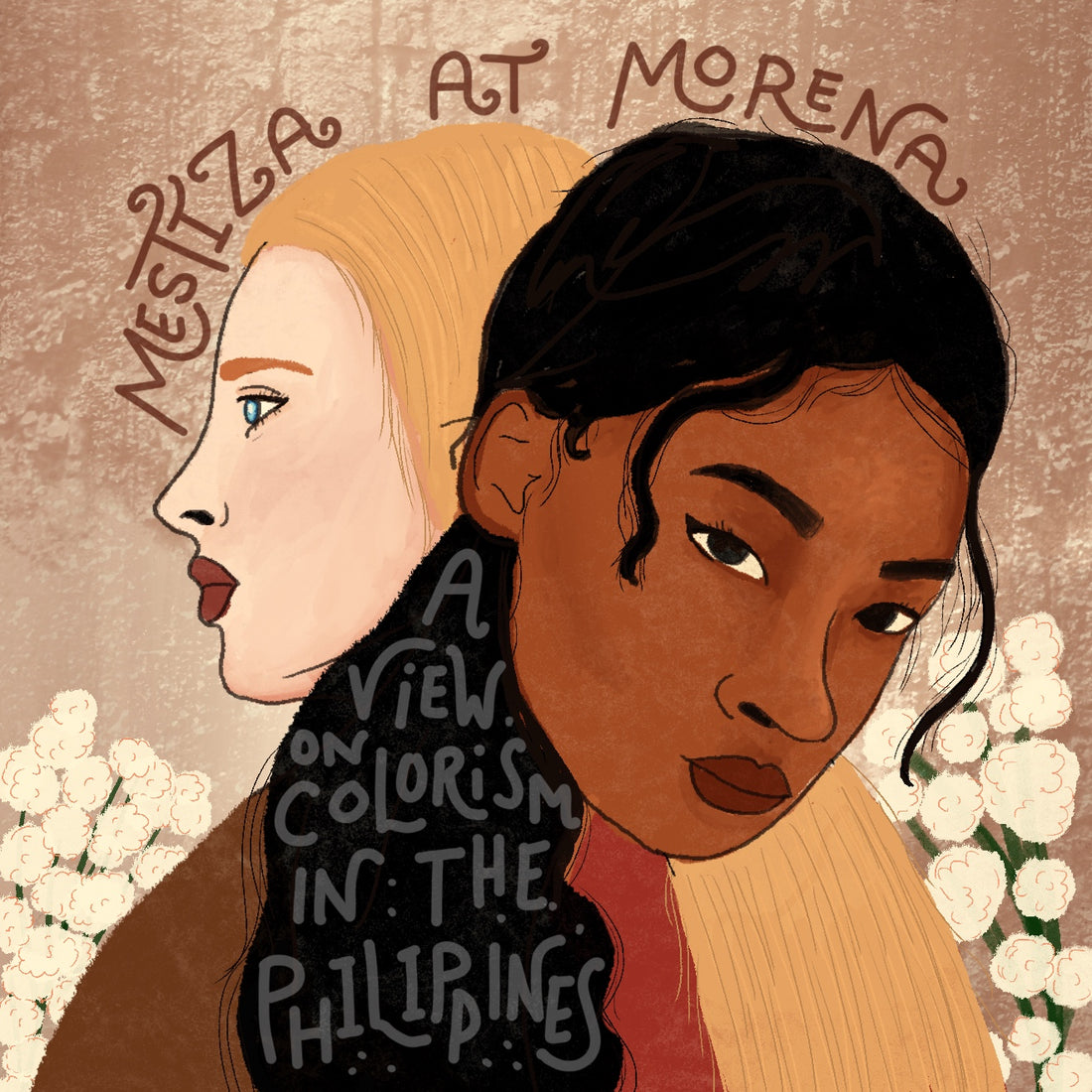
Mestiza and Morena: A view on colorism in the Philippines

Beauty, they say, is in the eye of the beholder. But it also rings true that the perception of beauty is shaped by your society, your culture, and the environment you grew up in. For generations, Filipinos believe that fair skin and westernized features are more desirable than our native Kayumanggi, or brown-skin tone. But in recent years, this ideology is changing as more and more Filipinos started embracing their natural color, bravely defending and fighting against those that have deemed dark skin undesirable, and turning the commonly used term ‘negra’ into a powerful statement of overcoming bullying and discrimination.
But how did we get to this point? Let’s take a look back at the history of beauty in the Philippines.
PRE-COLONIZATION

A lesser known cultural practice called BINUKOT was present mostly in Central Panay by the Suludnon people (an indigenous Visayan tribe). It involves a young woman shielded from the harsh rays of the sun, hard work and basically treated as a princess. Seclusion starts at the tender age of 3 or 4 and is cherry picked by the community. The Binukot is then pampered, treated exceptionally well and is even bathed by her parents.
All this protection from the sun springs up a girl with fair skin and luscious long hair, an aesthetic the Panay-Bukidnon people revere and call ‘as Pale as the Moon’, ‘Visage of the Sun’ and ‘Incomparably beautiful.
The influence of Spanish, American and Japanese Colonization

Perhaps the biggest culprit in our ingrained preference for white skin can be attributed to our colonizers. Starting from the Spanish, who established what we call a “melanin hierarchy”, wherein full-blooded Spaniards are at the very top; the Mestizos (half-Filipino, half-Spanish) get to enjoy a life of luxury; while the natives (Indios) toil under the sun and live a hard life.
With the Spaniards ruling the Philippines for 333 years, followed by 48 years with America and Japan with 3 years, it is no surprise that the idea of whiteness is equal to power, wealth and beauty, among other perceived admirable traits, are deeply ingrained in the minds of Filipinos.
Suddenly, we are conscious of our big, flat noses, our brown skin, our curly hair. Suddenly, our eye color is more attractive if it were blue or green. Suddenly, we want to change who we are.
MODERN IMPACT

From countless commercials of whitening brands to our beauty pageant representatives, we can see how this colonial mindset is still present in the modern times. Children are being told by their elders to stay inside when the sun is up out of fear of getting darker; pinching their nose so it will stop getting wider; and straightening curly hair just like the actors on the teleseryes.
However, the tide has been shifting and a lot more Filipinas are embracing their authentic self. Although we are a ways away from finally flicking the chip on our shoulder that is 'colonial mentality', we are definitely on the right track.
Further Reading:
1: https://journals.upd.edu.ph/index.php/humanitiesdiliman/article/viewFile/5161/4638
2: https://ayer428.wordpress.com/2009/01/18/lola-conchita-panay-bukidnon%e2%80%99s-%e2%80%9cbinukot%e2%80%9d/
3: https://scholarscompass.vcu.edu/cgi/viewcontent.cgi?article=1044&context=auctus
4: https://www.aswangproject.com/binukot-philippines/

25 comments
brimonidine dosage generic combigan
buy cyclosporine online cyclosporine 100 mg
brimonidine how it works brimonidine how it works
buy viagra from canada https://canadaviagrastore.com/ generic viagra from canada
canadian pills pharmacy https://canadapillstorex.com/ canadian generic pills